Easy Standard Quilt Sizes To Create a Perfect 10/10 Quilt
When you start quilting, one of the first decisions you’ll make is the size of your quilt. Standard quilt sizes are designed to fit different bed dimensions, from small cribs to expansive California kings.
These sizes provide a convenient guideline, but remember, your quilt, your rules.
Whether you’re going for a snug baby blanket or a generous cover for your queen bed, knowing the standard sizes helps you plan your pattern and purchase the right amount of fabric.
As a beginner quilter, you might find the array of available patterns overwhelming. However, each quilt pattern can be adjusted to fit standard sizes.
That’s the beauty of quilting: you can take a pattern you love and scale it up for a full-size bed or shrink it down for a charming throw.
If you’re keen on personalizing your project, standard sizes are just a starting point. Mix and match dimensions based on your preference to create a quilt that’s uniquely yours.
Your personal preference plays a big role in quilting. Maybe you like your quilts to hang over the edges of your bed, or perhaps you’re crafting a wall hanging that doesn’t adhere to bed dimensions at all.
No matter your vision, understanding the guidelines for standard quilt sizes sets a foundation that will help you break the rules with confidence and craft a finished product that’s both functional and pleasing to the eye.
Keep in mind that creativity is key, and there are no strict rules in the world of quilting.
Understanding Standard Quilt Sizes
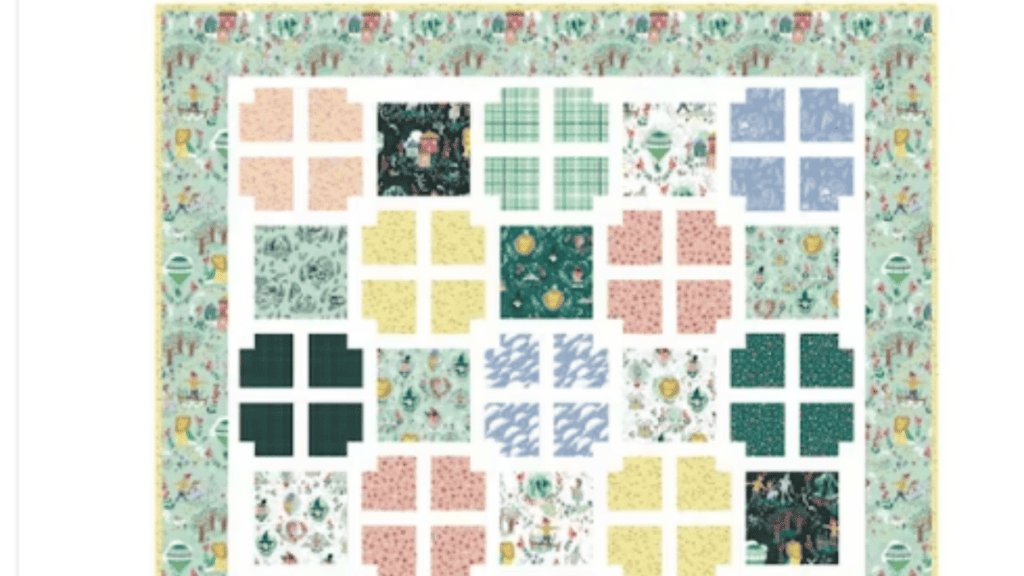
When you’re selecting a quilt, it’s crucial to consider the size of your bed and the dimensions of the quilt to ensure a good fit.
Mattress Dimensions and Quilt Fit
Your bed’s mattress size serves as the starting point for choosing the right quilt size. Remember, mattresses come in various sizes such as twin, full, queen, and king.
But there’s more to it than just matching names; you’ll want to account for the mattress depth to ensure that the sides of your quilt reach the desired length down the side of the bed.
- Crib Mattresses typically measure 27″ x 52″. A good quilt size is 36″ x 54″, giving you a hangover on each side to tuck around.
- A Twin Mattress (39″ x 75″) works well with quilts around 65″ x 88″, considering a bit extra for pillow tuck and side coverage.
- Full/Double Mattress sizes (54″ x 75″) pair well with quilts measuring about 80″ x 88″.
- The Queen Mattress (60″ x 80″) matches nicely with quilts that are approximately 86″ x 93″ for full coverage.
- King Mattress sizes (76″ x 80″) require larger quilts, around 104″ x 93″, to cover the sides adequately.
Common Quilt Size Categories
In the world of bedding, you’ll come across some typical quilt sizes tailored for standard bed sizes. Here’s a quick breakdown:
- Lap Quilts: Vary widely, but often measure around 50″ x 65″.
- Twin Quilts: Usually near 65″ x 88″.
- Full/Queen Quilts: These can serve both sizes, typically coming in at 85″ x 95″.
- King Quilts: The biggest standard size, and they’re about 95″ x 108″.
Remember, these are just guidelines. You might prefer your quilt a little longer for that cozy pillow tuck or to have a bit more draped over the edges of the mattress.
So, you might add a few extra inches to these measurements. To each their own, right? Just make sure the width and length measurements give you the best fit and look for your bed.
Choosing the Right Quilt for You
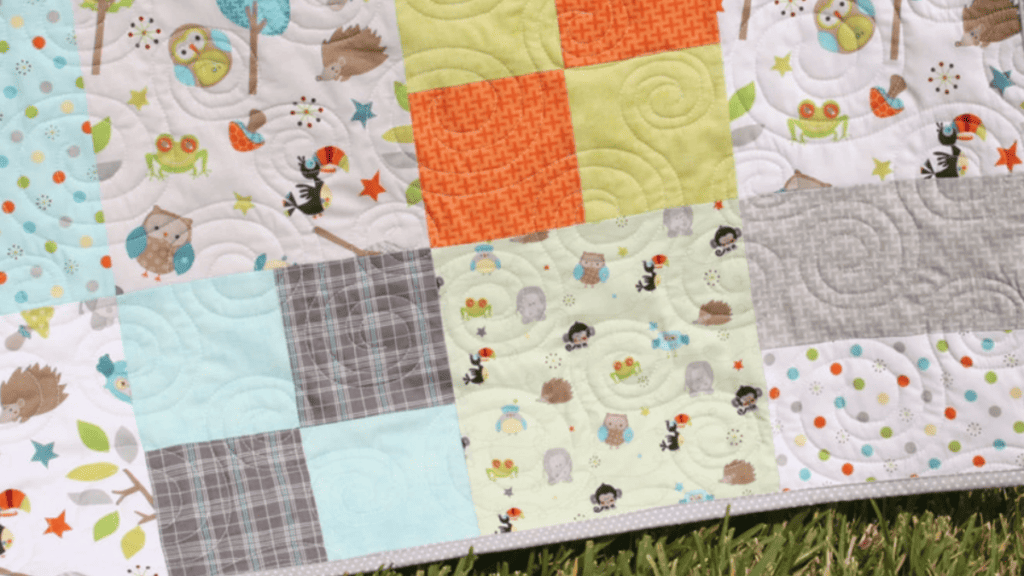
When scouting for the perfect quilt pattern, it’s crucial to consider both the bed type it’s intended for and how you like to snuggle up. Comfort and fit go hand in hand.
Quilting Based on Bed Type
Twin Bed: For a standard twin bed, which typically measures 39 x 75 inches, you’ll find twin quilts sized around 68 x 86 inches to be a good fit.
If you’ve got a Twin XL commonly found in college dorms, aim for a bit more length, with quilts around 68 x 90 inches.
- Queen Bed: A queen-size mattress is usually 60 x 80 inches. You’ll want your quilt to be a bit larger for a nice drape, so look for sizes close to 90 x 95 inches.
- King Size Quilt: With a king bed, at about 76 x 80 inches, you’ll want an expansive quilt; aim for sizes around 104 x 90 inches or more.
- California King: For this longer bed type, measuring roughly 72 x 84 inches, king quilts might be too short. Look for specialty California king quilts that have enough length to cover the extra inches.
Adjustments for Personal Comfort
If you’re choosing a quilt for lounging rather than sleeping—like lap quilts or throw quilts—the size of the mattress matters less and the size of the person more. Here are some pointers:
- Lap Quilt: A compact choice for warmth while seated or lounging, usually around 50 x 65 inches.
- Throw Quilt: Ideal for wrapping around your shoulders or over your lap, typically sized around 50 x 70 inches. Size up if you want extra coziness or a nice drape over furniture.
Remember, you want your quilt to tuck in comfortably with a generous overhang. Adjustable aspects, like adding a border to increase size, can make all the difference for personal comfort. Enjoy finding the quilt that’s just right for you!
Creating and Sizing Your Quilt Projects
When creating a quilt, it’s essential to consider the project’s final size and purpose. This section will guide you through options beyond traditional bedding, the prepping and planning stages, and practical tips for assembling your quilt.
Quilt Projects Beyond Bedding
Your creativity doesn’t have to be confined to bed quilts. Explore making wall hangings, table runners, or even mini quilts for unique decorative touches. Here’s a handy guide to some non-bedding quilt sizes:
- Wall Hangings: Can range from small square quilts of 24×24 inches to larger pieces.
- Table Runners: Typically 12-18 inches wide by the length of your table. Table toppers can be throw size quilts for larger tables.
- Mini Quilts: These can be any smaller size, perfect for experimenting with new techniques.
Practical Tips for Quilt Making
As a quilt maker, here are some straightforward tips to ensure a successful project:
- Measure twice, cut once: Always double-check measurements for accuracy.
- Seam allowances matter: A consistent seam allowance is key to a well-fitted quilt.
- Pre-cut fabrics and batting save time, but verify their size before starting.
- Pre-cut batting: convenient, but confirm it matches your intended final size.
- Small quirks: They add character to your own quilts. Don’t stress over minor imperfections.
Lastly, remember, bed pillows and smaller size projects like baby quilts or a crib quilt are also great to practice your skills. Keep your goals clear, your patience intact, and enjoy each stitch!
Quilt Patterns
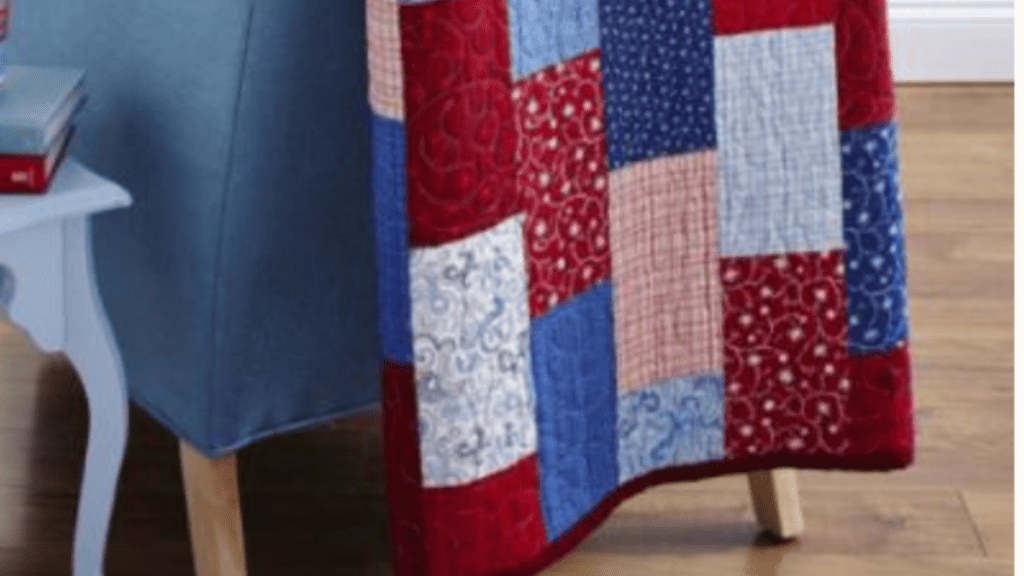
We have an entire library on quilt patterns. We have no doubt you can find the perfect pattern for the look you want.
Here are a few of our favorite quilt patterns:
Fabric Giveaway
Enter our monthly fabric giveaway. Simply complete the tasks daily and you will be entered into the drawing. Winner will be randomly drawn on the first day of the month and notified via email
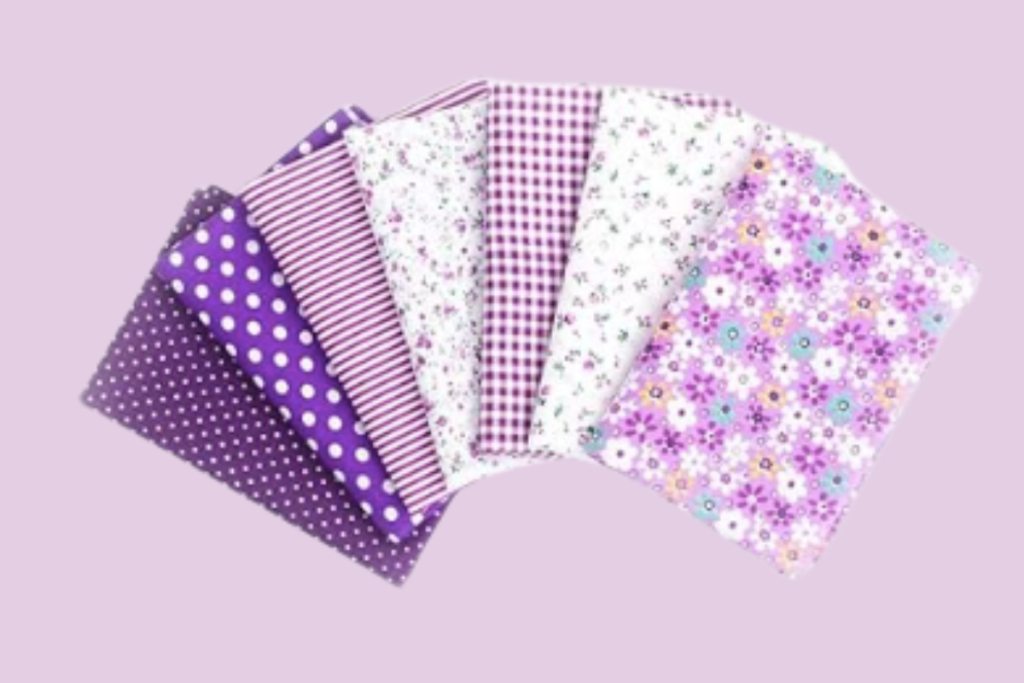

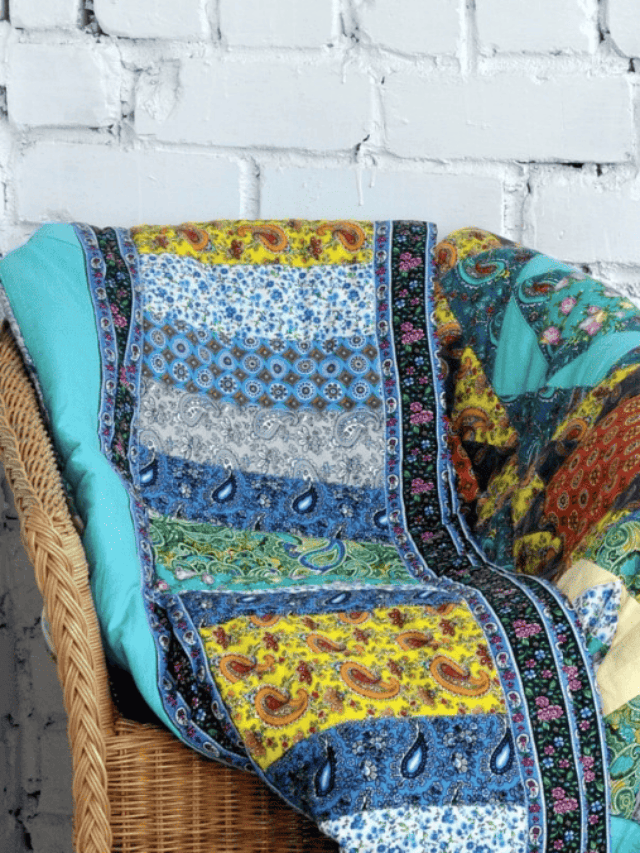
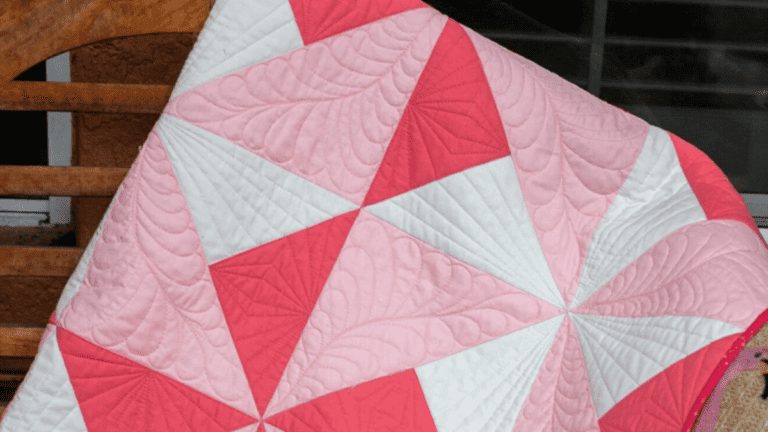
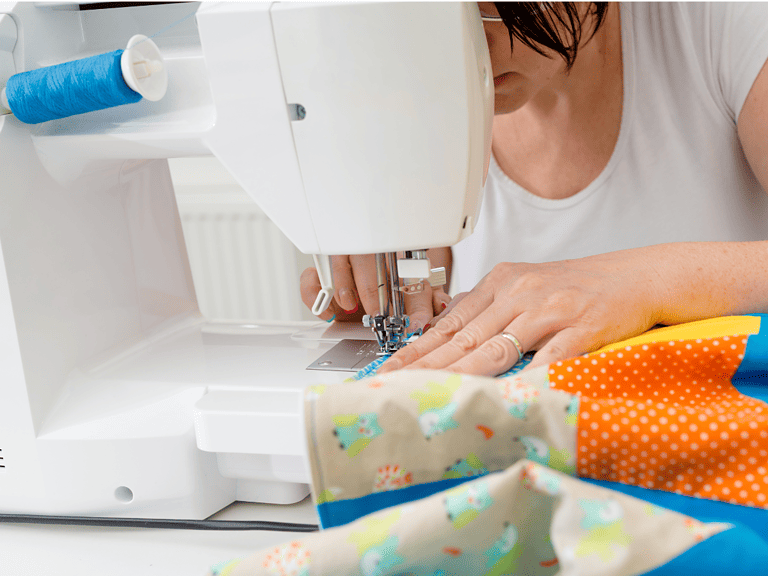
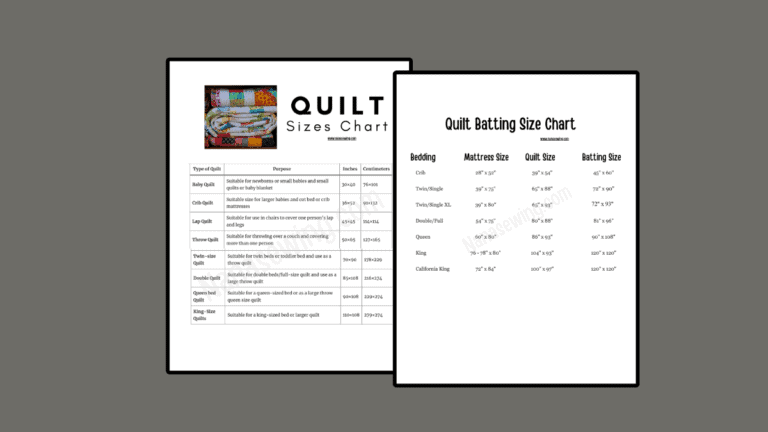
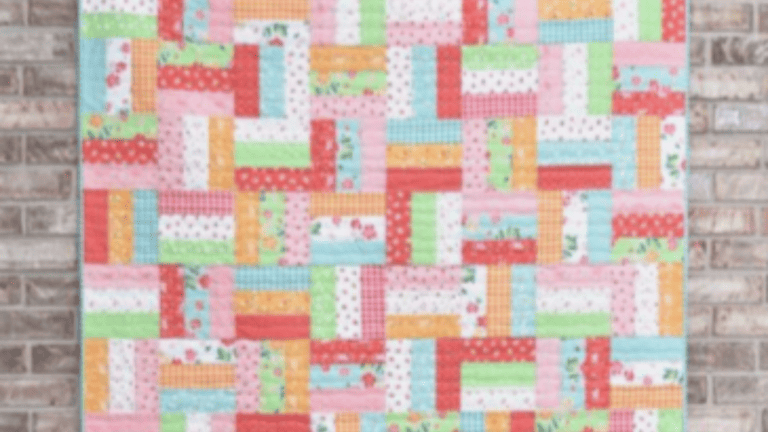
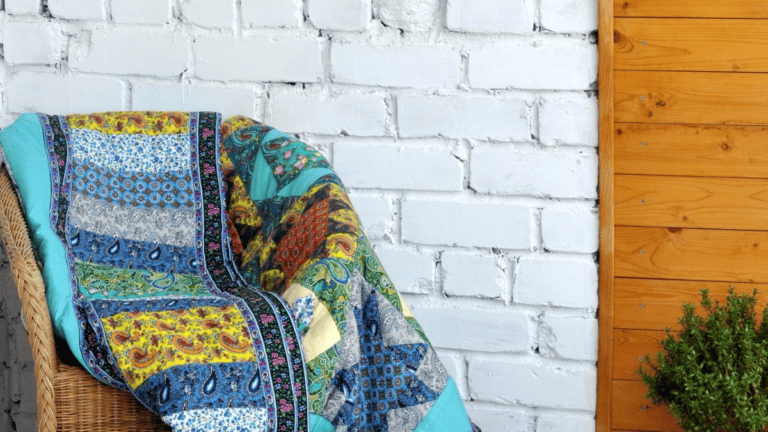
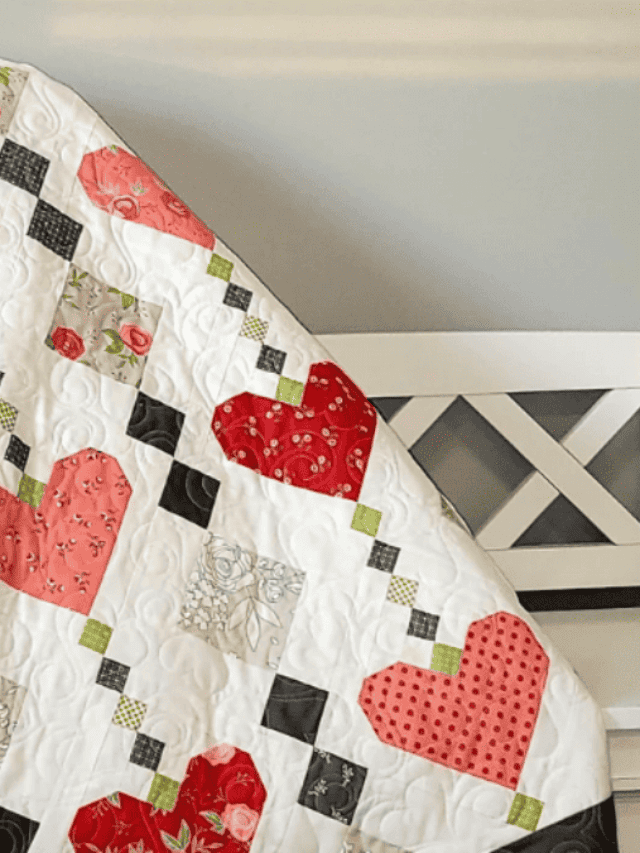
3 Comments